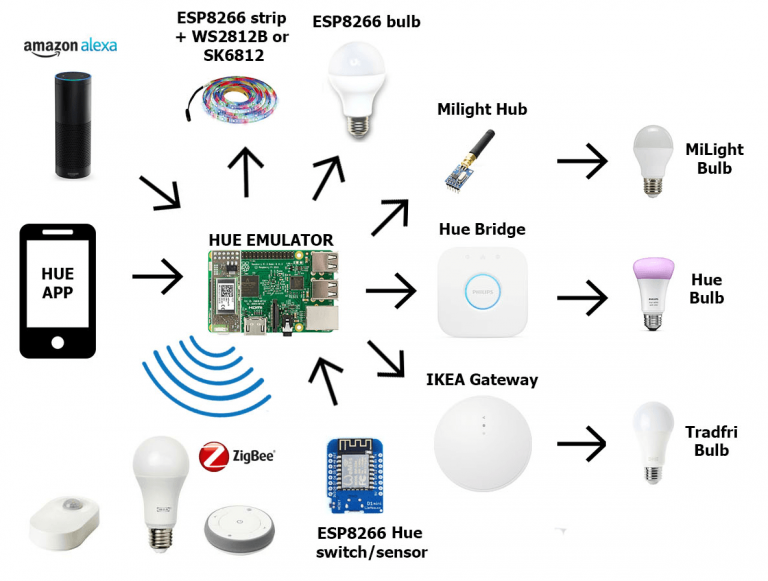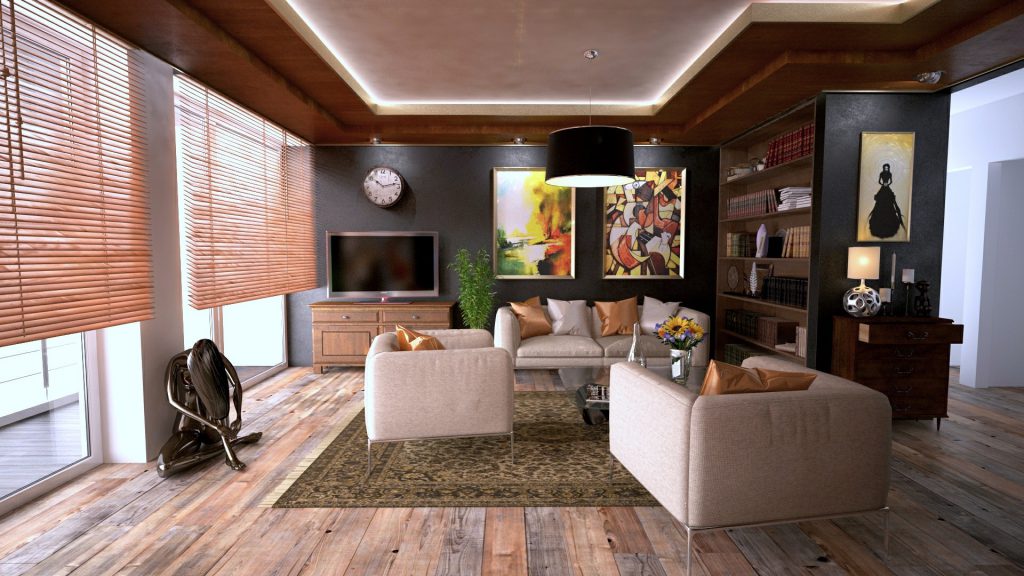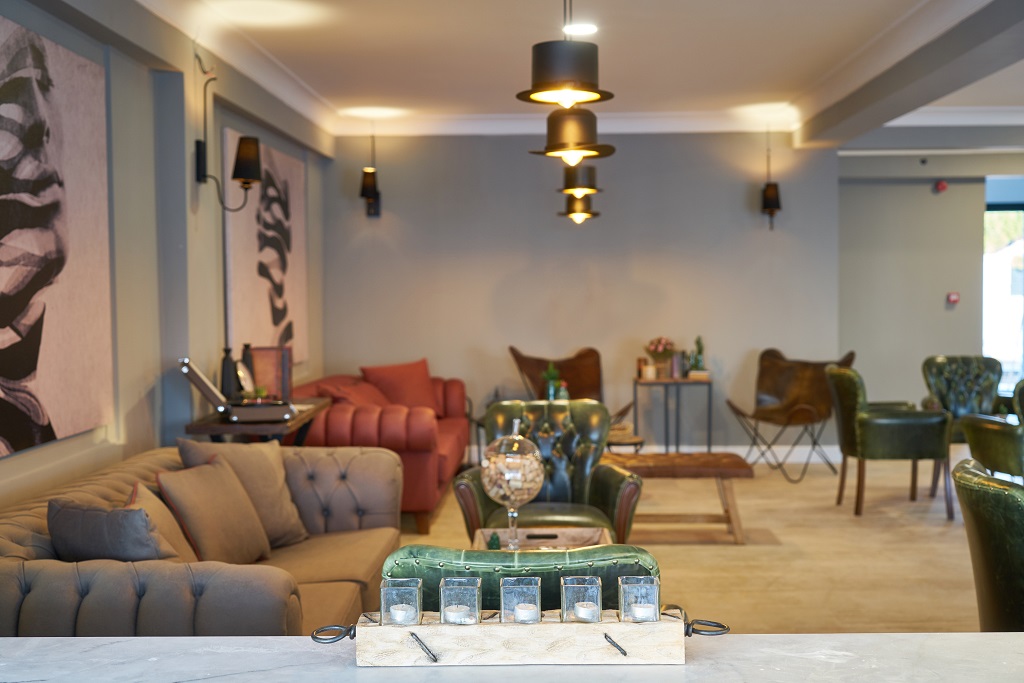why diyhue?
Easy Installation
With only one simple command - deploy diyHue with a click of a Button.
No Cloud - by Design
Treating personal Data serious, diyHue works without any Cloud connection.
All your Data is processed and stored locally on your Device.
Open Source
Coder by heart and community driven, this Project is licensed Open Source
Hue Essentials - App
Unleash the full Potential of diyHue with Hue Essentials App for Android and iPhone - Remote Connection and Control (optional)
Build your Own | Integrate existing Lights
DIY Enthusiast? We got you coverd! Build your own Lights with ESP8266 Microcontroller or implement your existing Lights - Easy
Connect to your Smarthome
Use Standard Integrations of your Smarthome to connect to diyHue - no special Setup
About diyHue
diyHue brings together multiple Smarthome Solutions into one Ecosystem.
Mix and Match:
- Bulbs
- Lights
- Sensors
- diyLights (ESP8266)
- Apps
Connecting to your favourite Home Automation like Homeassistant or any other Software that supports the Official Protocoll.
Multiple Vendors supported!
Providing a environment for the DIY Enthusiast and users that like the convenience of ready to use Products.
How it works?
To Name just a few:
– ZigBee lights (using Raspbee module, original Hue Bridge or IKEA Tradfri Gateway)
– Mi-Light bulbs (using MiLight Hub),
– Neopixel strips (WS2812B and SK6812) and
– any cheap ESP8266 based bulb by replacing the firmware with a custom one.
Written in Python, making it suitable to run on all small devices such as the RaspberryPi.
Arduino sketches are provided for the Hue Dimmer Switch, Hue Tap Switch and Hue Motion Sensor.


diyHue - Map
Overview of diyHue Compatibility
Highlights
Devices
ESP8266 - make your own Light
In the spirit of DIY, you can create your own Lights with ESP8266 based Microcontroller. Firmware is provided. Just add some LEDs. Use the Online Flash Tool (Chrome or Edge Browser supported)
Genuine Hue Bulbs & Zigbee enabled Devices
Implement your existing Lights in diyHue - no Problem! With the help of a Zigbee Gateway(i.e. Raspbee or Conbee or Zigbee2Mqtt), diyHue can use Sensors, Dimmers and Lights from 3rd Party Supplier.
Connect with your favourite Appliances
Amazon Alexa (control only the lights), Logitech Harmony, Tradfri Gateway, Hue Bridge (original + other emulators), Home Assistant, Domoticz, Openhab, Philips Ambilight TV's, Kodi Hue Ambilight, Jeedom, Hue Sync for PC
Features
Applications
diyHue works with Original and 3rd Party Apps.
Recommended by diyHue: Hue Essentials App
Services
All Services are working, including Entertainment Function!
Nice!
Not Working out of the box. (Workaround exist)
Yes, some features are propiatary.
- Home & Away feature from Hue app (requires remote api)
- Google Home (requires remote api)
- Eneco Toon
Get Diyhue - Hue Emulator
Install on a dedicated Machine - e.g. Raspberry Pi
Install and run in a Docker Container
Run on OpenWrt
(Router)
diy smart Lights
Flash your ESP8266 with the Firmware provided, add some LEDs and you have your own smart Light ready to brighten your Home.
Incl. Entertainment Function!


